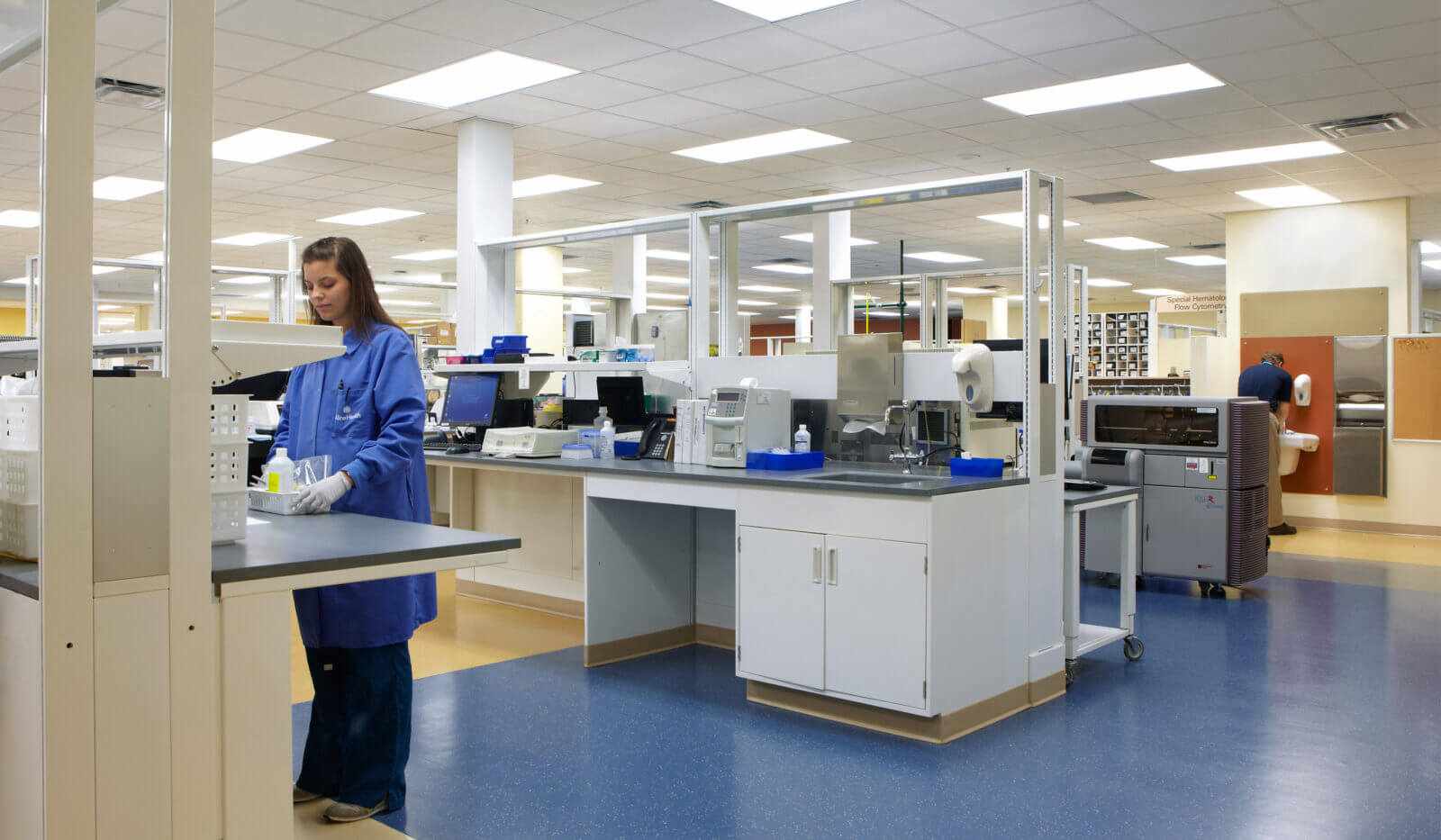
A New Model for Laboratory Testing
The traditional model of healthcare laboratories operating independently on a local level is changing. An emerging trend is the development of large, centralized laboratories that can perform a wide range of specialized tests for clients around the world. Often referred to as central labs, these facilities leverage economies of scale and advanced technology to provide standardized, high-quality testing more efficiently. Their growth represents a significant shift in how clinical laboratory services are delivered.
Streamlining Operations
By consolidating testing volumes into a single large lab Central Lab are able to streamline operations in ways that smaller independent labs cannot match. They have significant investments in the latest automated instrumentation and laboratory information systems, allowing test volumes that would overwhelm local labs to be processed smoothly. Centralizing also eliminates redundancies like duplicate equipment and personnel across multiple sites. With much larger throughput, central labs gain optimizations in workflow, quality control, technician training and more. This streamlining translates directly into lower costs per test compared to traditional standalone models.
Access to Specialized Expertise
The concentration of testing in centralized mega-labs allows the development of niche specialization not feasible at smaller scales. central labs focus on recruiting highly-trained clinical laboratory scientists and maintaining accreditations for complex, low-volume specialty testing. Services like molecular diagnostics, cytogenetics, newborn screening and esoteric tests formerly only available in major urban centers can now be accessed by clients worldwide. Specialists collaborate on interpreting rare results, continually advancing their expertise. This concentration of specialists improves quality for even the most difficult test types through greater experience and resources.
Standardization and Consistency
With testing consolidated under one consistent system, central labs are able to ensure standardized, harmonized processes across all sites no matter where samples originate. Strict quality control protocols catch errors rapidly, and continuous process improvements are seamlessly applied everywhere. Testing methods, normal ranges and report structures are uniform regardless of client location, avoiding inconsistencies. Internal audits and external certifications maintain standards exceedingly difficult to achieve across many separate labs. Centralization produces consistent, reliable results clients can depend upon no matter how testing volumes fluctuate.
Flexible Capacity On-Demand
By aggregating test volumes on a massive scale, central labs gain a flexibility that supports fluctuating or unpredictable demand. Surges that would overwhelm local capacity can be absorbed seamlessly within the larger whole. They offer scalable on-demand testing capabilities to meet any short-term spike in needs. Seasonal illness outbreaks, special testing programs or research initiatives requiring massive short-term sample volumes pose no logistical challenge. This flexibility permits greater responsiveness to emerging public health issues or testing requirements from any location worldwide.
Reaping Benefits of New Technologies
With centralized infrastructure, central labs are uniquely positioned to rapidly adopt emerging technologies as they mature. Huge sample volumes allow next-generation methods and artificial intelligence applications to be validated on a large meaningful scale before rollout. They have the dedicated R&D resources to continuously pilot cutting-edge innovations from fields like genomics, proteomics and digital pathology. Benefits like increased diagnostic accuracy, novel test types and predictive analytics can be deployed ly immediately once proven. Their clients gain immediate access to the leading innovations in clinical laboratory science as soon as feasible.
Worldwide Presence and Accessibility
Modern transportation and logistics enable central labs to accept samples shipped from any part of the inhabited world within clinically acceptable timeframes. Major operations span multiple continents, supported by vast distribution and courier networks. Partnerships with large health providers give client organizations a single conveniently accessible partner for all their testing needs. Remote or underserved areas without local laboratory services can gain access to the full breadth of advanced testing previously unavailable except in major cities. For multicenter studies, coordinated worldwide sample collection and centralized analysis streamlines logistics and improves standardization of results.
Economic Benefits
centralization achieves profound efficiencies through bulk purchasing, dedicated automation investment, process optimization and scale. The lower costs per test are passed on to clients in the form of competitive pricing that improves the finances of healthcare systems. For individual patients, reduced expenses can expand access to vital but costly testing services previously out of reach. Lower lab expenditures also free up organizational resources that can support improved public health programs or care delivery models covering care that previously went untested due to budgetary constraints. Communities worldwide benefit from greater access to quality, affordable diagnostic services and disease monitoring programs made viable through centralized laboratory economies.
Regulatory Harmonization
operations encounter diverse and sometimes conflicting regulatory landscapes across jurisdictions. central labs are catalysts for harmonization efforts that streamline compliance while maintaining oversight. They provide test volumes and expertise that encourage regulators to recognize approved methods, qualifications and quality certifications ly. Participation in standard-setting organizations facilitates agreements reducing redundant approvals. central labs engage regulators proactively to navigate complexities, setting precedents simplifying ization of clinical testing and exchange of specimens across borders. Regulatory successes elevate quality worldwide through spread of best practices.
The emergence of central laboratory networks represents a groundbreaking transformation with wide-reaching impacts. By maximizing economies of scale and standardizing operations worldwide, they have introduced a new level of optimization, flexibility and cost-effectiveness to clinical testing. Communities everywhere stand to benefit from improved access to advanced diagnostic services and innovations. central labs are at the forefront of regulatory harmonization efforts streamlining laboratory ization. Their growth reflects an ongoing evolution towards more efficient, scalable and specialized models of healthcare delivery with worldwide scope. Consolidating volumes into highly optimized centralized facilities maintains and advances quality while expanding availability of clinical testing that drives better patient outcomes.
Get this Report in Japanese Language:
Get this Report in Korean Language:
About Author:
Money Singh is a seasoned content writer with over four years of experience in the market research sector. Her expertise spans various industries, including food and beverages, biotechnology, chemical and materials, defense and aerospace, consumer goods, etc. (https://www.linkedin.com/in/money-singh-590844163)





















Write a comment ...